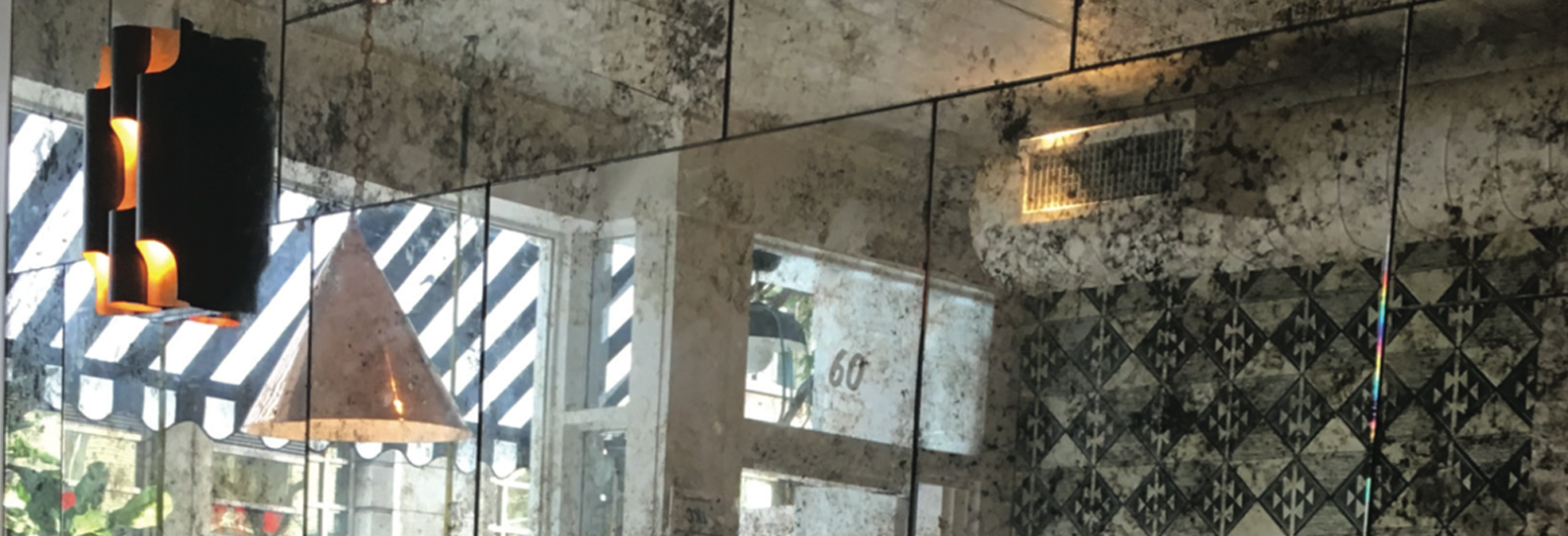Acrylic mirrors are popular. They are lightweight and durable. People use them in homes and businesses. But what if you want an antique look? Can you antique an acrylic mirror? This article will answer that question.
What is an Acrylic Mirror?
An acrylic mirror is made from plastic. It looks like glass but is much lighter. Here are some benefits of acrylic mirrors:
- Lightweight
- Shatter-resistant
- Easy to cut
- Affordable
These qualities make acrylic mirrors a good choice for many projects.

Credit: www.jennasuedesign.com
What Does it Mean to Antique a Mirror?
Antiquing a mirror means giving it an old look. This can make a new mirror appear vintage. People often do this with glass mirrors. The process adds character and style.
Antiquing can involve:
- Adding a patina
- Using special paints
- Applying techniques to create a weathered look
Now, can you do this with an acrylic mirror? Let’s find out.
Can You Antique Acrylic Mirrors?
Yes, you can antique acrylic mirrors. However, the process is different than with glass. Acrylic is a type of plastic. This means you must use special care.
Here are some methods to antique an acrylic mirror:
1. Use Paint
One way to give an acrylic mirror an antique look is by using paint. Choose a paint that works well with plastic. Here’s how to do it:
- Clean the mirror surface well.
- Choose an antique color like bronze or gold.
- Apply the paint with a soft brush.
- Let it dry completely.
Be careful not to use too much paint. A light touch will give the best results.
2. Create A Weathered Look
You can also create a weathered look. This method gives the mirror depth and texture. Here’s how:
- Sand the surface lightly with fine sandpaper.
- This will create tiny scratches.
- Next, apply a dark stain or wash.
- Wipe off the excess stain.
This method adds an aged feel to the mirror.
3. Use A Distressing Technique
Distressing is another way to antique your mirror. It involves creating imperfections. Here’s what to do:
- Use a sponge to dab paint onto the surface.
- Choose a color lighter than the base.
- Focus on corners and edges.
- This will make the mirror look worn.
Distressing adds charm and character.

Credit: www.spancraft.com
Tips for Antiques Acrylic Mirrors
Here are some helpful tips for antiquing acrylic mirrors:
- Test your method on a small area first.
- Work in a well-ventilated space.
- Wear gloves to protect your hands.
- Be patient and let each layer dry completely.
By following these tips, your project will be more successful.
Common Mistakes to Avoid
When antiquing acrylic mirrors, some mistakes can happen. Here are a few to avoid:
- Using the wrong type of paint.
- Applying too much paint at once.
- Not allowing enough drying time.
- Forgetting to clean the surface first.
Steering clear of these mistakes will help you get better results.
Where to Use Antique Acrylic Mirrors
Antique acrylic mirrors can enhance many spaces. Here are some ideas:
- Living rooms
- Bedrooms
- Entryways
- Bathrooms
They can serve as decorative pieces. Or, they can be functional mirrors too.
Frequently Asked Questions
Can You Antique An Acrylic Mirror?
Yes, you can antique an acrylic mirror using special techniques and materials.
What Materials Do I Need To Antique Acrylic Mirror?
You will need spray paint, glass cleaner, and a soft cloth for the process.
Is It Safe To Antique Acrylic Mirrors?
Yes, it is safe if you use proper techniques and non-toxic materials.
How Long Does The Antiquing Process Take?
The process usually takes a few hours, including drying time.
Conclusion
Antiquing an acrylic mirror is possible. You can use paint, create a weathered look, or distress it. With the right techniques, your mirror can look vintage and stylish. Just remember to take your time. Follow the tips and avoid common mistakes. Enjoy your project!
